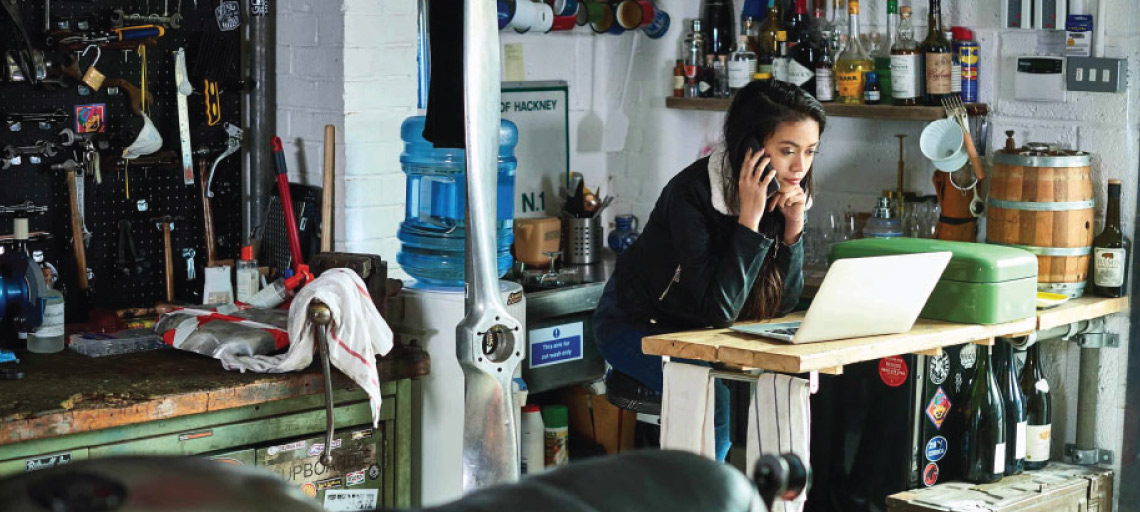What we cover
" If you take one thing away from our seasonal outlook, it’s to plan, plan and then plan again.
Garry Taylor - Executive General Manager Business, NZI
Some industries keep a closer eye on the weather report than others. At NZI we need to understand predicted weather patterns for several reasons, but primarily to help our clients reduce the impact any extreme weather could have on their business.
Last week I was fortunate enough to meet with Dr Bruce Buckley, IAG’s Principal Specialist in Meteorology, to discuss New Zealand’s seasonal outlook and what this could mean for commercial businesses.
What the seasonal outlook tells us
With more than 40 years’ experience in forecasting and studying weather patterns, Bruce is IAG’s bona fide weatherman. Bruce explained that we’re already seeing considerable anomalies in Pacific-Ocean Sea surface temperatures, which are the driving force behind New Zealand’s weather patterns.
In some places, sea temperatures are already around three degrees higher than usual, which strongly suggests spring and summer weather conditions are going to be far from normal. And in case you’re wondering, Bruce has absolutely zero doubt that these irregularities are linked to our changing climate.
Heightened risk of heavy rain and wildfire
Our weather analysis predicts that warmer waters will make it easier for tropical lows to sweep southward and affect New Zealand, exposing northern parts of the North Island to increased flash and river flood risk in summer, especially in 2022 and into autumn.
It’s also predicted the east coast of the South Island will have an increased risk of late season heavy rain, with hotter than normal temperatures also expected in the Canterbury and Otago regions. Hail events, although rare, look to have slightly elevated risks as well.
An increased wildfire risk is also predicted in areas to the east of the Alps, predominantly due to warmer than usual temperatures creating excellent conditions for wildfires – including producing plenty of fuel in the form of dried-up vegetation.
How businesses can prepare
The good news is that with enough warning there are several things you can do to reduce loss from flooding and fire.
Reducing loss from surface flooding
Reducing loss from fire
If you take one thing away from our seasonal outlook, it’s to plan, plan and then plan again.
NZI has a range of resources available and can work with our clients to help them plan and prepare for interruption to their business. To find out more, get in touch with your broker or visit the Risk Solutions area of our website for some resources.
- Garry Taylor, Executive General Manager Business, NZI


